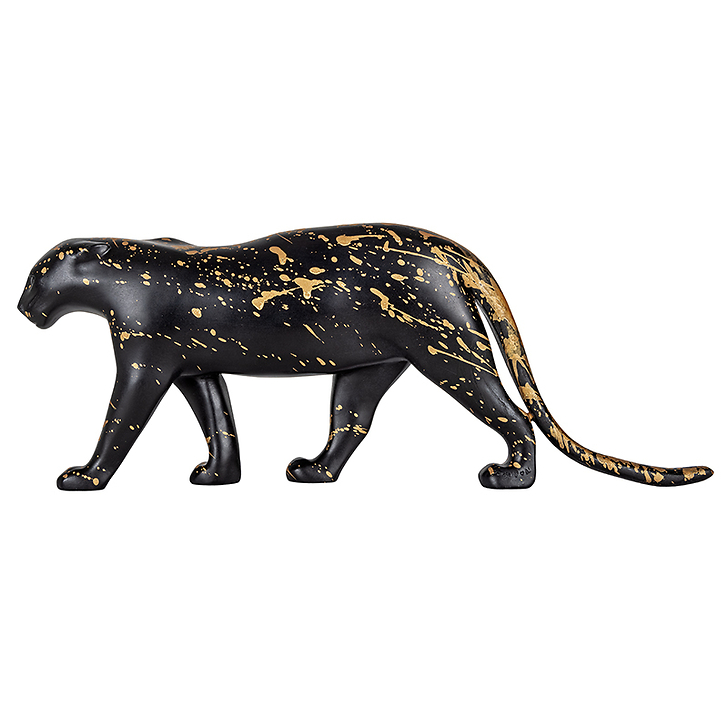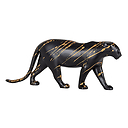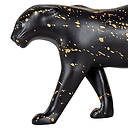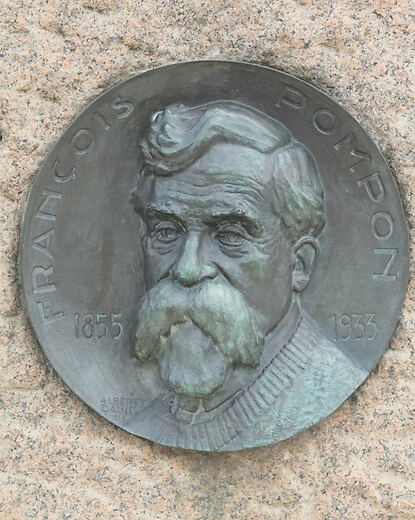New products
Large Black splashes panther - François Pompon
RF406151
Read more
Sold by GrandPalaisRmn
Characteristics
- Maintenance
- Do not expose to direct heat. Cleaning: soft, dry cloth
- Artist
- François Pompon (1855-1933)
- Material of the original work
- Non renseigné
- Art movements
- 19th century, French art
- Reference
- RF406151
- EAN
- 3336729278473
- Matière de l'article
- Resin
- Model dimensions
- 60cm x 7cm x 22cm
- Conservation museum
- Dijon - Musée des Beaux-Arts






